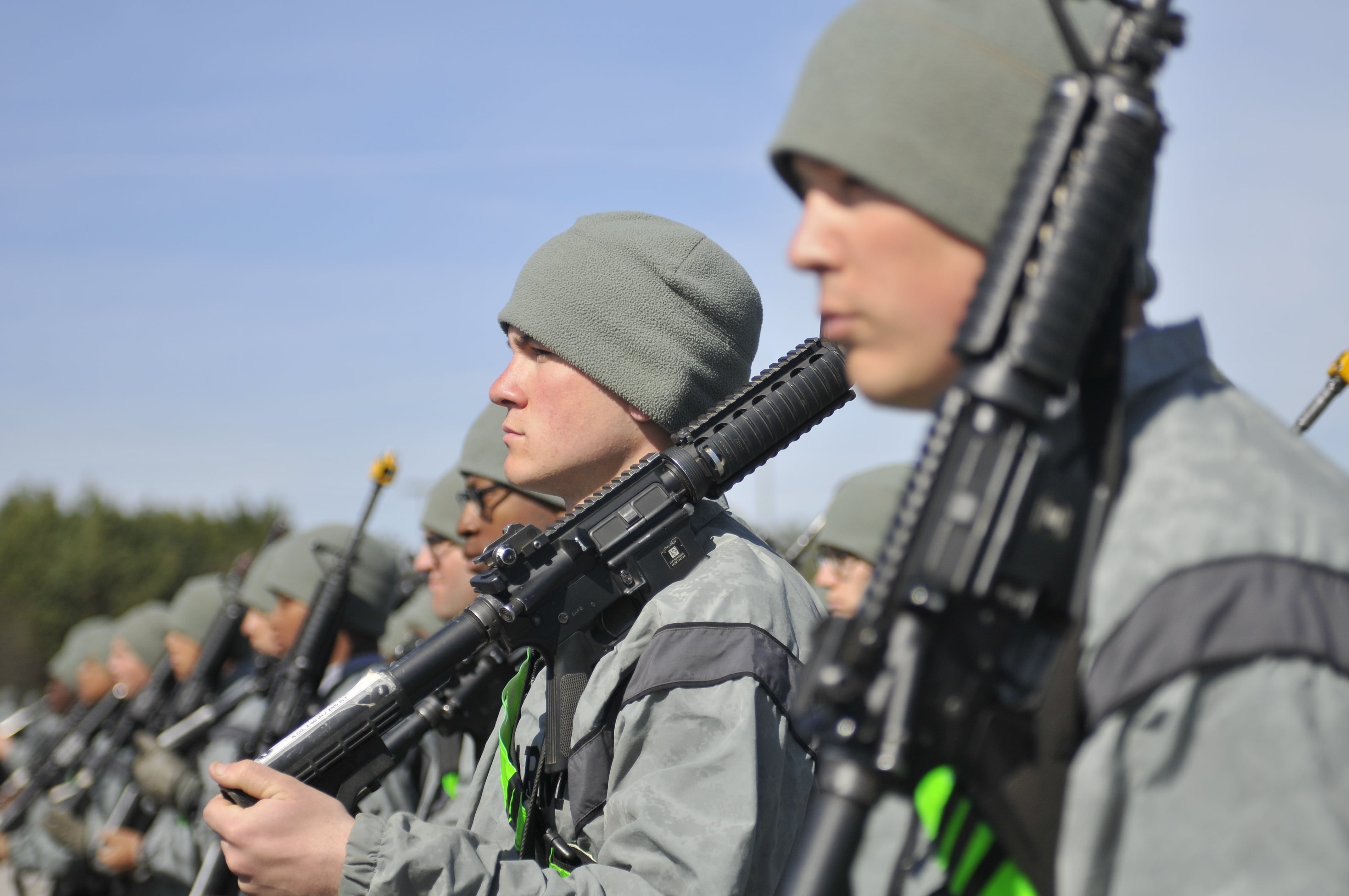As the Army continues to shed thousands of soldiers, the service is set to reduce its pool of special pay and bonus cash available for those in uniform now. That shrinking pot of cash includes re-enlistment bonuses, retention incentives, hardship duties and deployment extensions.
Despite these reductions, the Army is still poised to spend even more on special pays this year than last. Why? The service wants is upping its expenditures on enlistment bonuses for new recruits.
A review of programs now in the works, and slated for renewal in the coming year, shows the Army is programmed to spend $185 million on incentive pays for soldiers performing hazardous or aviation duties in fiscal 2015, which ends Oct. 1, and $780 million for an alignment of special pays.
When fiscal 2016 begins, the Army will be smaller and is therefore asking Congress to reduce spending on most of its pay programs. For example, outlays requested for hazardous and aviation duties in 2016 total $174 million, a reduction of $11 million.
The bottom line for special pays is projected to jump to $799 million, primarily because of increased spending — nearly $44 million — on those new enlistment bonuses, as the Army ramps up recruiting in an effort to keep the force from aging too fast.
In 2014, the Army enlisted 57,101 young people for the active component, and despite the drawdown is projected to sign up 60,000 recruits this year, and 66,500 in 2016.
The Army ended fiscal 2014 with 508,210 members on active duty, and is projected to end 2015 on Sept. 30 with 490,000 officers, enlisted soldiers and cadets. The number is set to drop to 475,000 in 2016 and 450,000 by 2017. Worst-case scenarios generated in debates over sequestration envision possible follow-on cuts of 10,000 to 20,000 by the end of the decade.

The Army is boosting the amount of bonus pay for new recruits amid concerns the service could go too old without enlistment incentives.
Photo Credit: Sgt. Christina Dion/Army
Their will be selective retention bonuses and special duty assignment pay for soldiers in 2016, for example, bu the total pool will decrease.
The Army will also continue to shell out millions as it continues to involuntarily separate soldiers to balance the force and meet the drawdown timeline.
Budget documents indicate that during 2014 the Army spent $604 million for severance and separation pays, and is scheduled for outlays of $456 million this year and $656 million in 2016.
Included in these totals are funds for Involuntary Separation Pay and the Temporary Early Retirement Authority (the 15-year early retirement benefit) that will go to NCOs selected by Qualitative Service Program boards, and captains and majors who have been passed over for promotion or selected for release by reduction-in-force boards.
TERA payments reflect a slowing of the drawdown, as they will total $94 million this year, but are expected to drop to $46 million in 2016.
Spending for Involuntary Separation Pay also will drop, with nearly 7,300 officers and NCOs receiving payments this year, but only 5,800 in 2016.
The Army continues to maintain a robust menu of accession and retention incentives for health services officers that is projected to total $309 million this year, and $307 million 2016. About 21,000 officers qualify for these incentives annually:
Medical Special Pay, totaling $202 million annually or 13,800 officers.
Dental Special Pay, totaling $47 million annually nearly 2,900 officers.
Nurse Pay, totaling nearly $32 million annually 1,100 officers.
Optometrist Pay, totaling $1 million annually290 officers.
Veterinarian Pay, totaling about $4 million annually 816 officers.
Psychologist Pay, totaling $2.3 million annually 320 officers.
Pharmacy Pay, totally $2.2 million annually for 332 officers.
Physician Assistant Pay, totally $14 million annually for 1,800 officers.
Social Worker Pay, $2.6 million annually for 243 officers.




